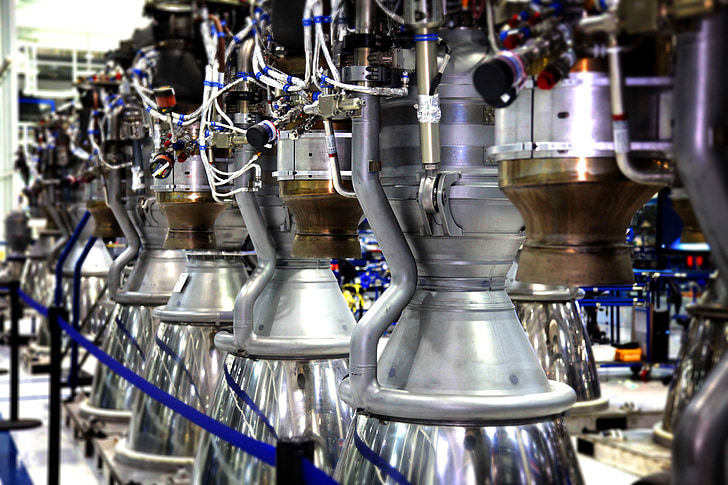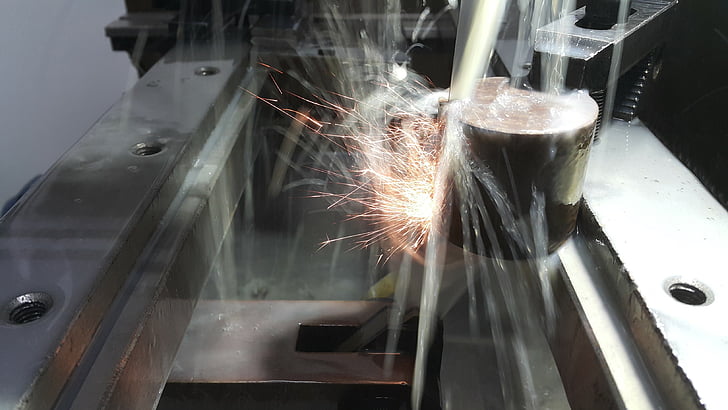A permanent magnet motor is an electric motor based on the interaction of permanent magnets and an electromagnetic field. Its principle of operation is based on the interaction of Ampere’s force and Lorentz’s force. In the permanent magnet motor, the magnetic field is set up by the use of permanent magnets, while a current is passed through a coil to develop an electromagnetic field. The torque developed within the motor is a result of the interaction of these two magnetic fields. Permanent magnet motors find weighty usage in many areas because of their high efficiency, high power density, and fast response.
With the extensive use of permanent magnet motors, much concern arises about their application. The lifespan of a permanent magnet motor decides the reliability and performance of the motor. If the lifetime of permanent magnet motors is too short, it will result in more frequency in replacement and maintenance, which increases cost and labor hours. Therefore, it becomes very vital to understand the importance of the permanent magnet motor’s life span.

Permanent magnet motor life is the time that elapses over which a motor can run normally under given operating conditions. It is usually measured in hours or several cycles, where a cycle consists of a complete run of the motor from start to stop. The definition of life may vary, depending on the requirements of a specific application and operating environment. In some applications, this may be defined as a point in time when the motor has degraded to a certain degree or its performance no longer meets specific requirements.
The lifetime of the permanent magnet motor has a direct effect on its reliability and performance: a long-lifespan motor will have operational continuity and be capable of fulfilling the period that a design demands. On the other hand, a short-life motor may fail quite often, which increases downtime with associated rising repair and replacement costs.
Furthermore, the performance of a permanent magnet motor is closely related to its lifetime. While the lifetime is increased, the performance will keep its characteristics, such as output power, efficiency, and torque. On the other hand, a short lifetime may lead to poor performance, which can be exhibited in the form of deteriorated output power, low efficiency, and fluctuating torque.
Therefore, serving the motor longer with some methods and strategies is very necessary. In this way, here, we can make more use of permanent magnet motors, their reliability, and other performance for value creation in application fields.
Temperature is the most influential factor in permanent magnet motor service life. If the temperature is too high, the magnetic performance of the permanent magnet material will degrade; it may further cause thermal expansion and thermal stress, which will shorten the service life of the motor. Therefore, it is very important to keep the motor within the design operating temperature range and take effective heat dissipation measures.
The axial load refers to the axial directional force imposed on the motor. These include static and dynamic loads. Excessive axial load can cause permanent magnet motors to have bearing damage and magnetic loss, thereby affecting the life span. Hence, axial loads must be calculated reasonably and controlled at both the design and installation phases.
It is defined as the full cycle of startup and stopping of the motor. These motor startups and stops will give extra wear and tear on the mechanical part and electrical stress also, which reduces the motor’s life. Thus, the number of cycles is a point that has to be noted at an application site, and some proper control strategies have to be implemented, such as less frequency of startups and stops or soft starters.

The workload is the force and torque to which the motor is subjected during operation. Unduly large a working load will increase the mechanical stress and magnetic energy loss of the motor, thus shortening the service life. In design and operation, the rated specifications of motors should be reasonably selected to ensure that they are working in the range of rated load.
The environmental conditions also have a eat influence on the life span of permanent magnet motors. For example, highly humid environments could result in corrosion and deterioration of insulation, and dusty environments could result in poor heat dissipation from the motor. During use, corresponding protective measures should be taken, such as sealing, dust cover, insulation protection, etc., which will prolong the service life of the motor.
The permanent magnet motor requires regular maintenance and servicing to extend its life expectancy. This includes cleaning of the motor, lubrication of bearings, and checking of electrical connections and insulation, amongst others. Regular preventive maintenance enables the early detection and resolution of potential problems, hence increasing the reliability and life of the motor.
Conclusion Permanent magnet motors have a very crucial life expectancy, which determines reliability and performance. With proper operation and maintenance, permanent magnet motors can elongate their lifespan, reduce costs associated with the replacement of such motors, increase overall productivity, and reduce the consumption of time.
Among them, the product Series Standard Type Permanent Magnet Motor developed by ENPMSM is outstanding in that it can realize high efficiency and long life. The TYB Series uses highly efficient NdFeB permanent magnet material. It eliminates exciting loss, reducing iron loss and stray loss. The result is that the efficiency class exceeds IE3, which will increase by around 5-10% or so and improve the power factor by 10-15% or more.
Besides, in the range of 20% – 120% of loads, the TYB Series has kept high efficiency and power factor, which effectively reduces line losses and improves grid utilization. Smaller in size and lighter in weight, by 35% in volume and 40% in weight respectively compared with an asynchronous motor, it enables mechanical miniaturization and space-saving.
The TYB Series comes with a high power factor that can reduce the capacity of power-receiving equipment. Because of the high power factor, it can further reduce the current volume of equipment, hence enhancing efficiency.
Therefore, a high-quality permanent magnet motor like TYB Series by ENPMSM will go a long way in extending the life of your motor, enhancing its performance, and adding value to your applications. Visit our product for more details about the TYB Series and explore other permanent magnet motors.